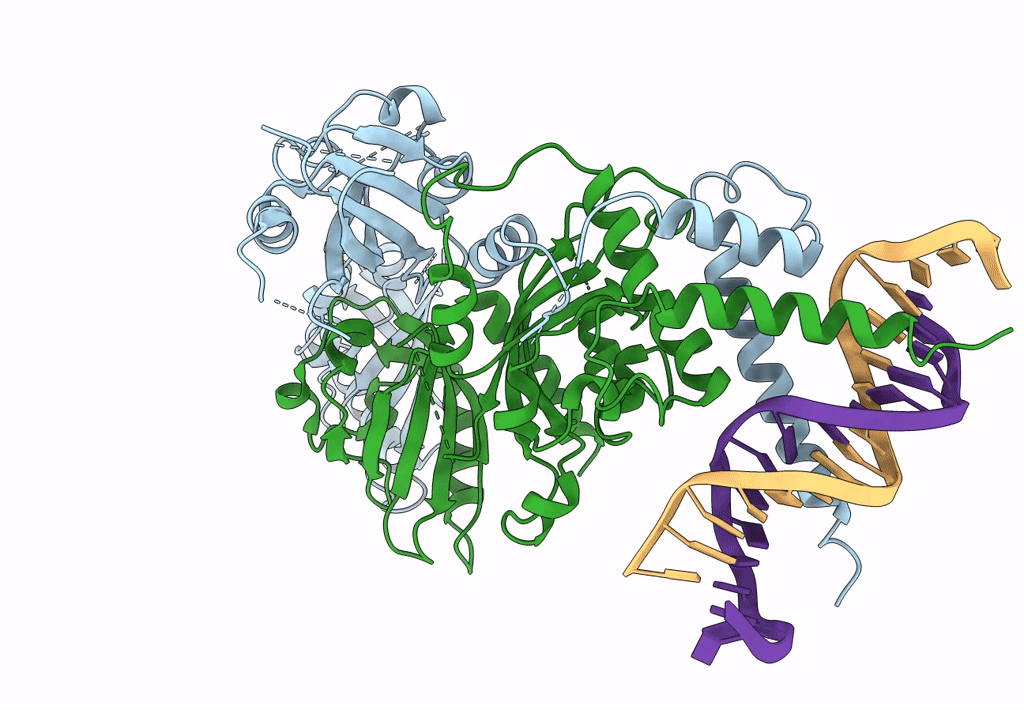
Deposition Date
2022-04-11
Release Date
2022-11-02
Last Version Date
2023-11-29
Entry Detail
PDB ID:
7XI3
Keywords:
Title:
Crystal Structure of the NPAS4-ARNT2 heterodimer in complex with DNA
Biological Source:
Source Organism:
Mus musculus (Taxon ID: 10090)
Host Organism:
Method Details:
Experimental Method:
Resolution:
4.27 Å
R-Value Free:
0.31
R-Value Work:
0.24
R-Value Observed:
0.25
Space Group:
P 43 21 2


